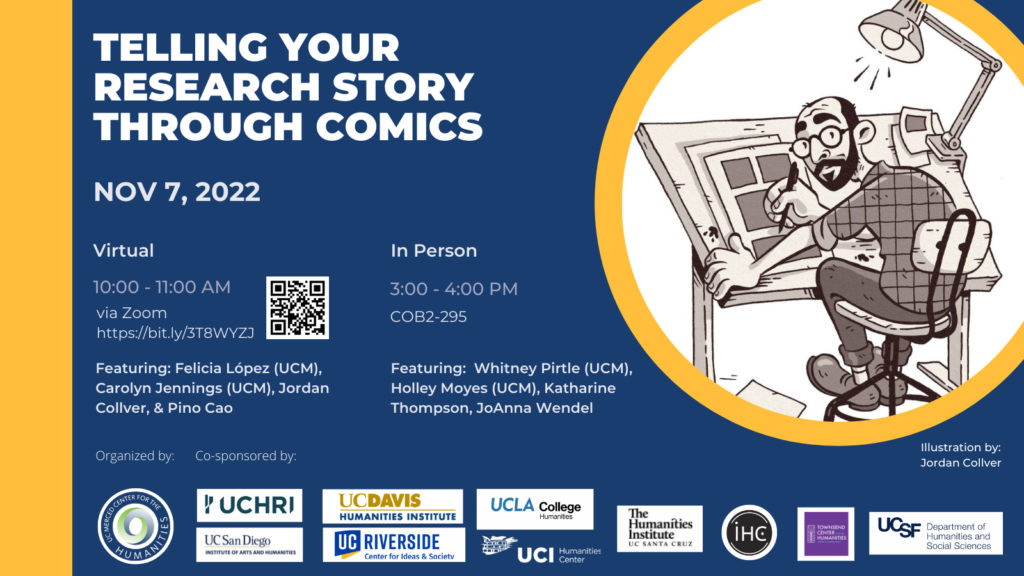
Next week, the Center for the Humanities at the University of California, Merced is hosting a Zoom chat, “Telling Your Research Story Through Comics”, which is sure to be of interest beyond the United States.
This Zoom webinar will feature faculty members Felicia Lopez (English: Literature & Language) and Carolyn Jennings (Philosophy and Cognitive Science), along with their collaborating artists, UK-based Jordan Collver and Toronto-based Pino Cao, sharing their processes and experiences of telling research stories through comics.
Intrigued by what this fascinating sounding panel discussion might entail, downthetubes ace reporter Matt Badham caught up with Jordan to find out more…
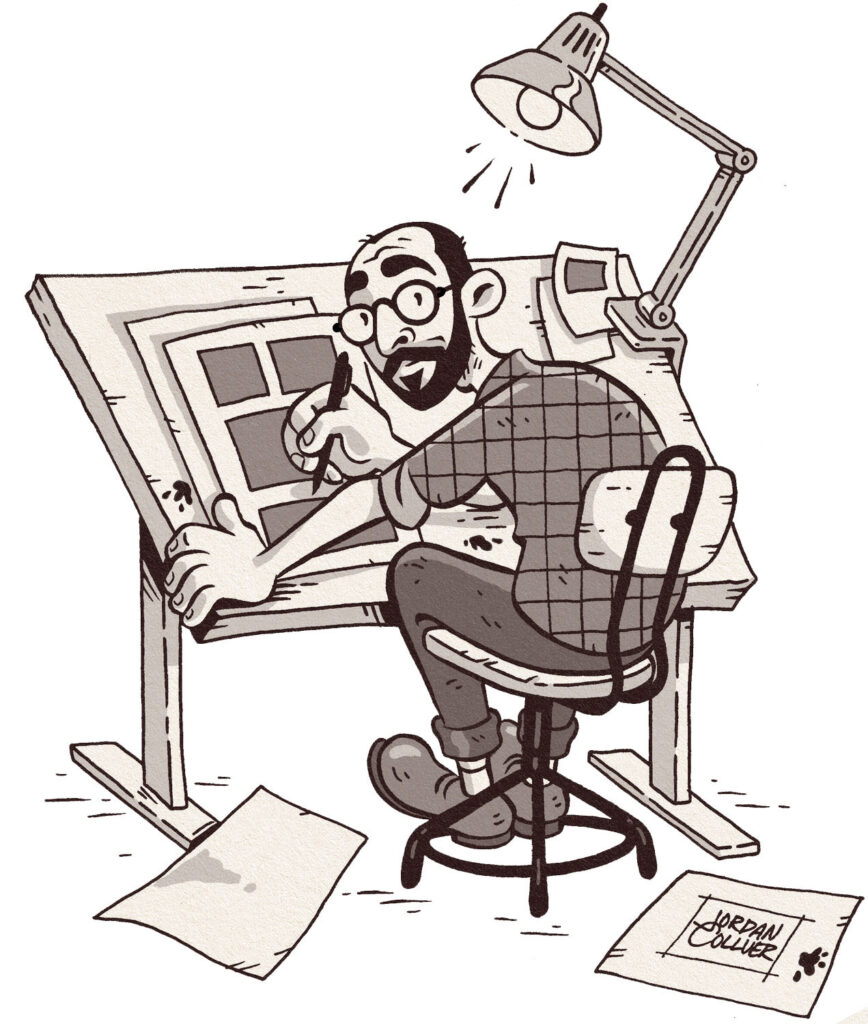
Jordan Collver is a freelance illustrator and science communicator specialising in using the visual and narrative power of comics to explore themes of science, nature, and belief. He has over a decade’s experience representing complex ideas, both accurately and creatively.
He’s also an Associate Lecturer in Science Communication at the University of the West of England and an author and referee in The Journal of Science Communication. His art has featured in the London Natural History Museum, BBC Science Focus, Physics World, Slate, Science for the People, Nautilus, The Nib, Skeptical Inquirer, and several comic anthologies – including The Most Important Comic Book on Earth: Stories to Save the World from DK Publishing.
Please tell our readers about the “Telling Your Research Story Through Comics” event and what its aims are?
The event is a round table discussion organised by the Center for the Humanities at the University of California, Merced (with their counterparts at all nine other UCs co-sponsoring). They run a comic series called Bobcat Comics, that pairs researchers with artists, and the session will be a good opportunity for the collaborators to talk about and share our experiences of the project.
The comics will be available to read online beforehand, and printed copies will be distributed for those attending in-person, so the event also doubles as a sort of launch of the comics themselves.
The main focus of the event is on helping humanities scholars reach a broader public through comics, but the principles we’ll be talking about will also apply to other disciplines as well, like science and engineering. The aim is to help professors, researchers, and graduate students think about the process of collaborating with an artist or illustrator to communicate their research to the general public. And I think it should also be useful for artists looking to work with researchers too!
Who’s on the panel with you and what will they bring?


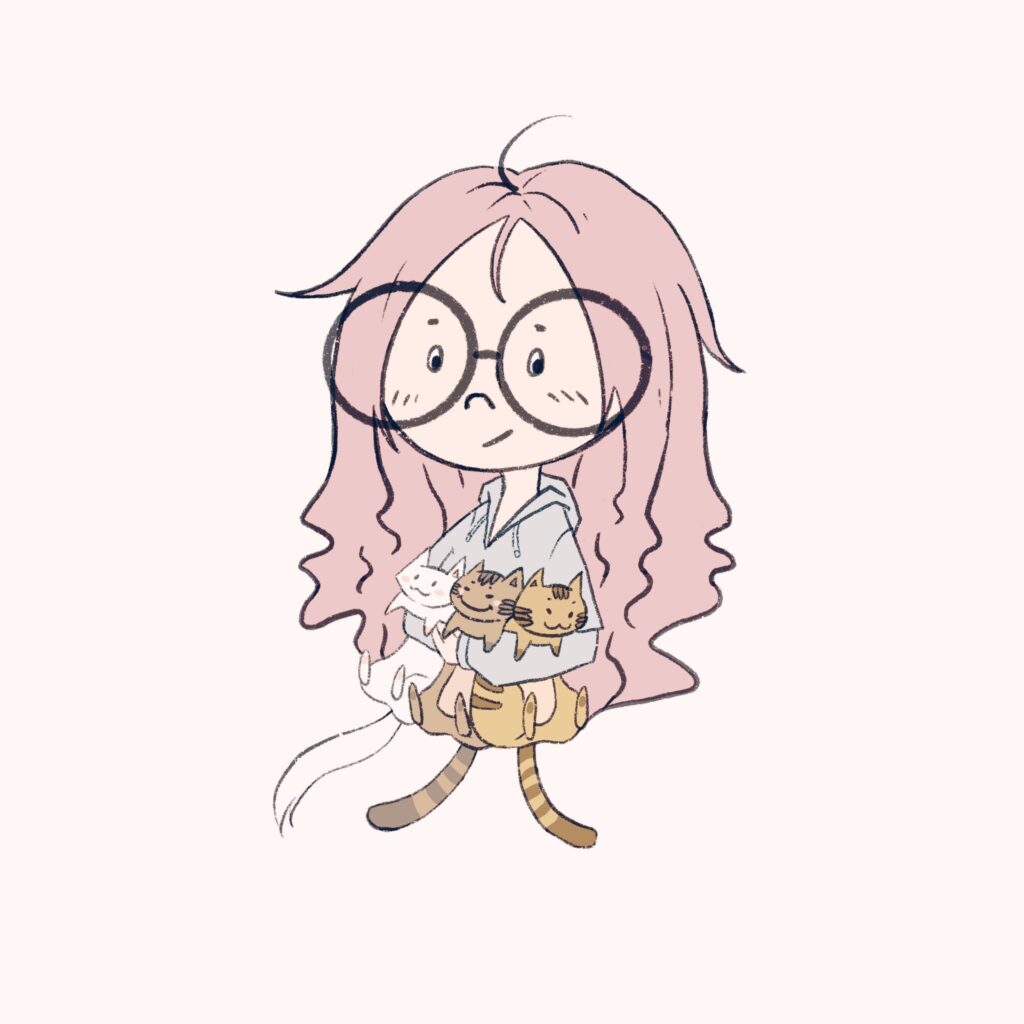
I’ll be speaking alongside Felicia Lopez (Assistant Professor of Chicanx Studies and English at UC Merced) who I worked with to create a comic of her research, along with Carolyn Jennings (Associate Professor of Philosophy and Cognitive Science at UC Merced); and Pino Cao, a Toronto-based illustrator, who have also made a comic about Carolyn’s research.
Pino brings a different style and approach to illustration and narration – more spare and succinct – drawn from her background in illustrating children’s books. Felicia and Carolyn will talk about the process of adapting their research into an illustrated format from the perspective of their respective disciplines.
Felicia works on “the visual culture of Indigenous Nahua of Mexico and Central America, as well as neighbouring Indigenous people, specifically through the decipherment of glyphic texts.” Carloyn works on “the nature of attention and its impact on the mind.”
Please tell us about your work, specifically those comics you’ve done that are relevant to the panel?
As a freelance illustrator and science communicator, most of the work I do is in creating non-fiction comics meant to get across certain information… with style! I think these kinds of “info-comics” work best when they also work as comics in their own right, telling a bit of a story and looking good while doing it.
The comic I’ve made with Felicia Lopez, titled “How To Read an Aztec Comic: Indigenous Knowledge, Mothers’ Bodies & Tamales in The Pot“, is a short visual exploration of her fascinating research interpreting Aztec glyphs – kind of like trying to read Egyptian hieroglyphics with no Rosetta Stone! It’s also about disentangling some of the misinterpretations and prejudices that come with our modern perceptions of Mesoamerican culture.
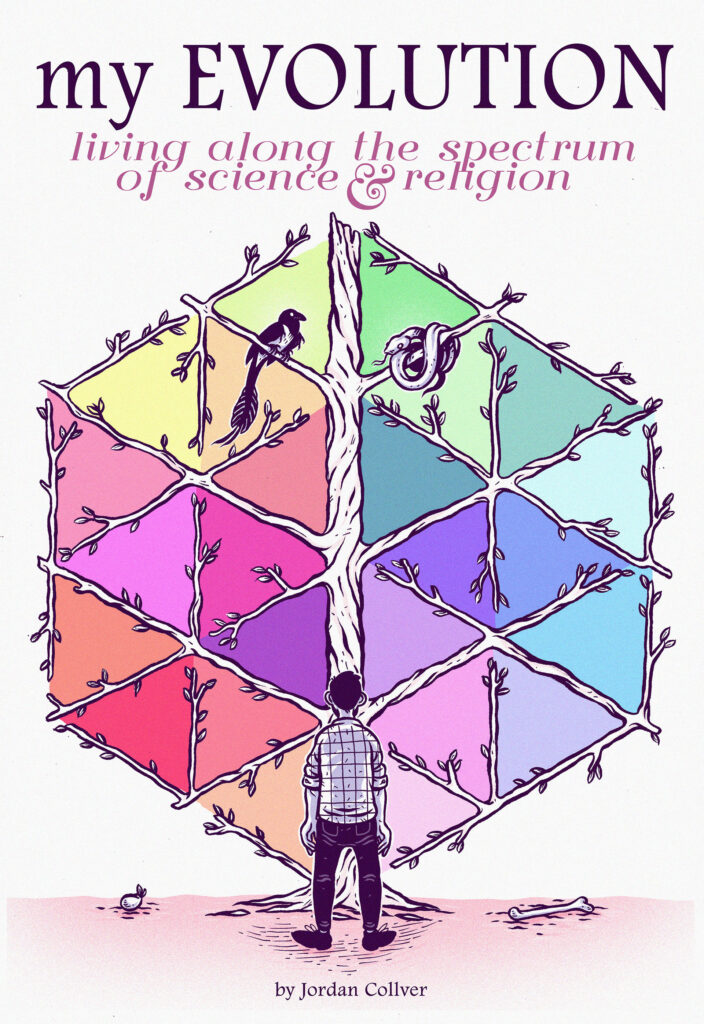
What skills and knowledge do you hope your audience will take away from the event?
I’d love it for people to come away from the event with an idea of what it’s like to work in a successful, positive collaboration – one with equal power dynamics and mutual respect for both research and creative expertise. And about how comics can distil and synthesize lots of complex information into something that can be represented visually, using metaphor, storytelling, and design to communicate information in a clear and multi-layered way.
How can people register as audience members?
The event is open to the public and you can register via Zoom using this link: bit.ly/3T8WYZJ
While we’ve got you, what else have you worked on and what are you doing next? Also, where can people find you online?
I want to keep telling research stories with comics! I find it so rewarding.
A few years ago now, I collaborated with a research project called Science & Religion: Exploring the Spectrum, based at the University of Birmingham to create a 28 page comic “My Evolution” (which you can read here) about their research into the complicated and misunderstood relationship between science and religion in society.
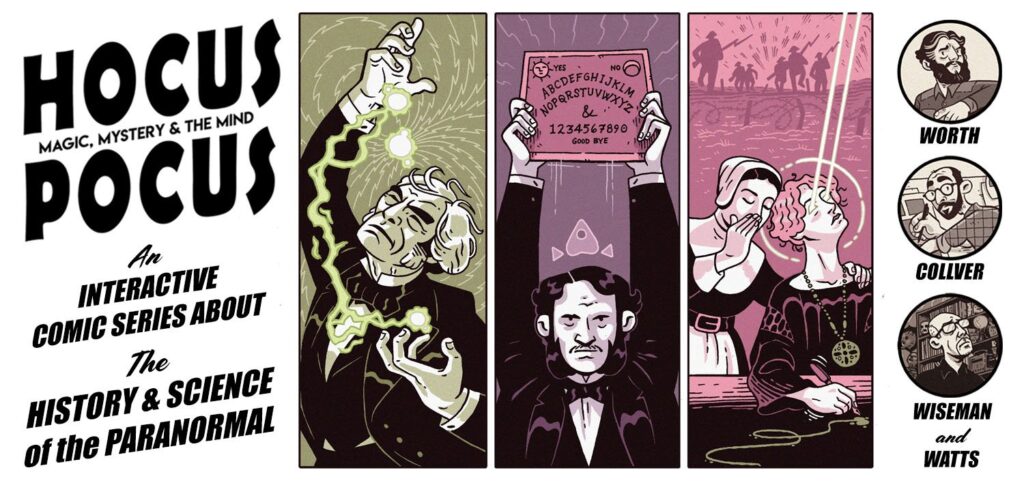

Most recently, I just wrapped on a series of non-fiction all-ages comics called Hocus Pocus: Magic, Mystery & The Mind exploring the history and science of stage magic and the paranormal. I created that with psychologist Professor Richard Wiseman, my writing partner Rik Worth and coloured by Owen Watts, and we were honoured to be nominated for an Eisner Award for Best Limited Series this year.
We even managed to publish some original research on the comic in the Journal of Science Communication, which was a fun full circle. Stay tuned for a collected edition of all five issues published soon, from Vanishing Inc.
Jordan, thanks very much for your time and good luck with the online event.
• The Center for the Humanities at the University of California, Merced will host “Telling Your Research Story Through Comics” at 10.00am on Monday 7th November Pacific Time (6.00pm in London) | Register via Zoom using this link – this link includes tools enabling you to check your time zone
Web Links: Jordan Collver
• You can follow Jordan Collver on Twitter @JordanCollver and see lots of his other work on his online portfolio: jordancollver.myportfolio.com/work
• How to Read an Aztec “Comic”: Indigenous Knowledge, Mothers’ Bodies, and Tamales in the Pot by Felicia Rhapsody Lopez and Jordan Collver
This visual text represents some of the content from the article, Women, Childbirth, and the Sticky Tamales: Nahua Rhetoric and Worldview in the Glyphic Codex Borgia, by Felicia Lopez. Through the use of comic book conventions, readers are guided through the decipherment of logographic writing from Central Mexico and, in the process, are shown how colonization has limited our contemporary understanding of ancient Indigenous people. By offering reinterpretations of glyphs that reveal the cultural knowledge of women, this guided reading of a codex image paints a picture of Aztecs and other Indigenous people as intelligent, complex, and inventors of their own unique writing systems.
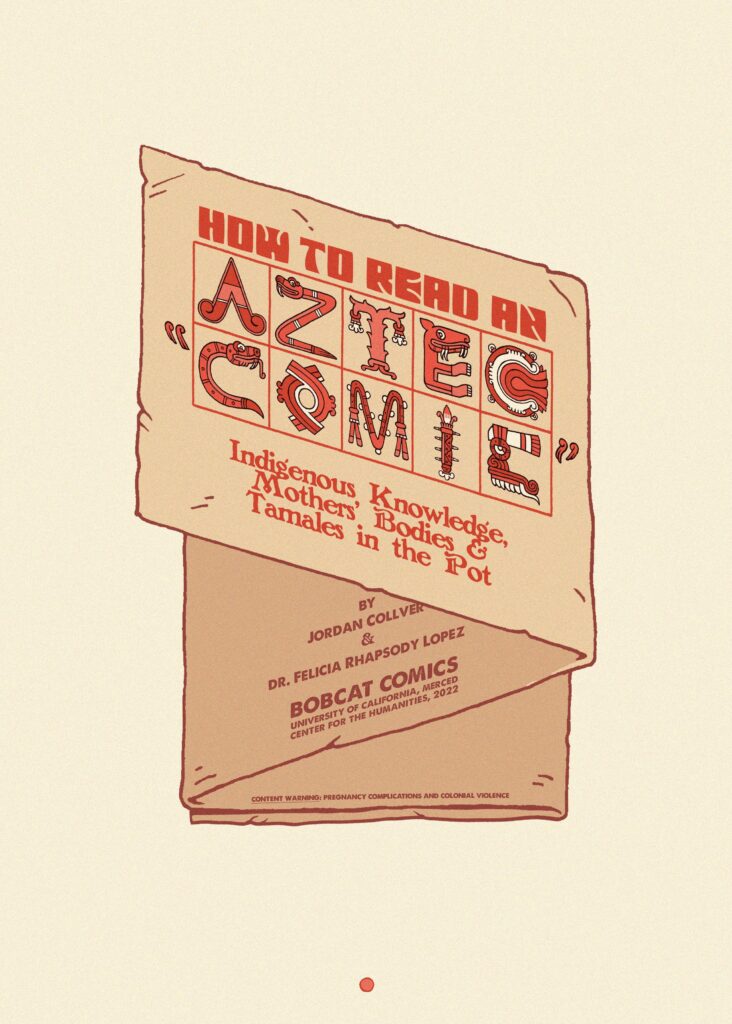
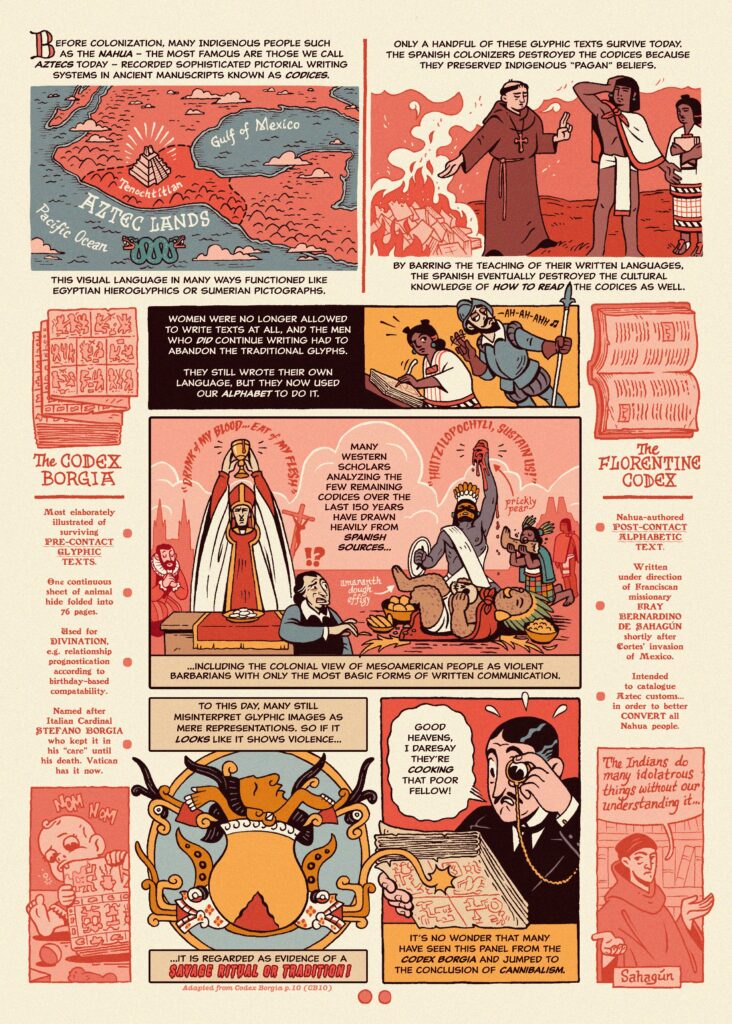
Web Links: Pino Cao
• Pino Cao is online at pinoartsgallery.com | Instagram | Twitter
Pino Cao is a Toronto based artist focusing on children’s book illustration and picture books. For as long as she can remember, she’s had a fascination with art and design. Having grown up in an engineering family, she followed her family path and became an engineer after her graduation from University of Waterloo. However, her passion for arts never fade away. In 2020 Fall, Pino re-start her journey at Sheridan College – Animation program.
In 2020, Pino was invited to hold her first personal artwork exhibition in North York Central Library in January 2020. Recently, her artwork was also win the first price of the CICan 20 21 student showcase – drawing category.
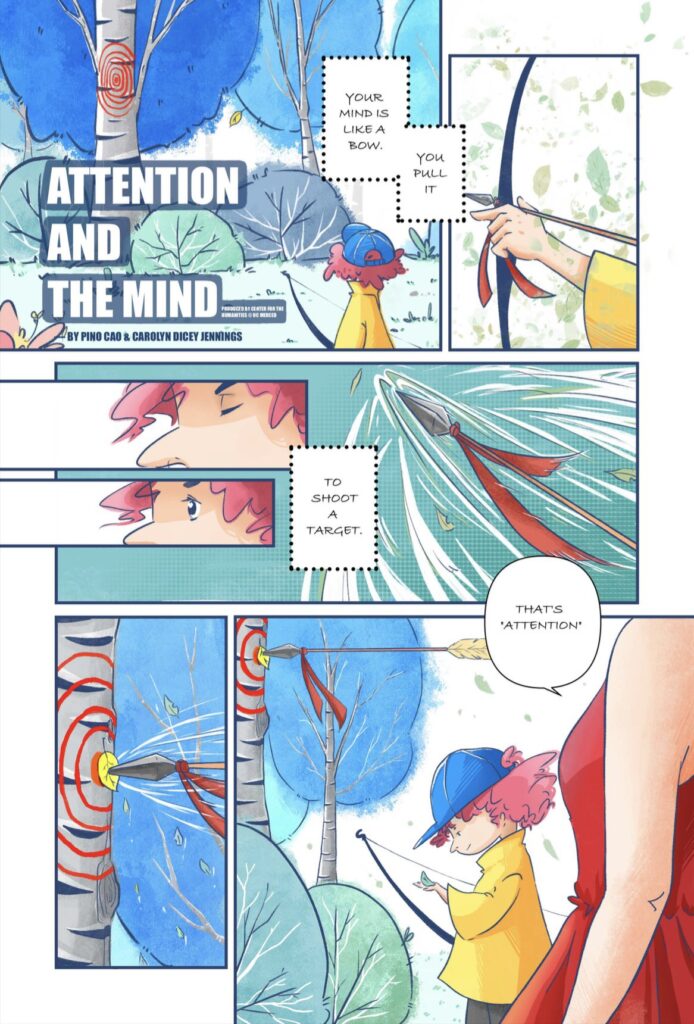
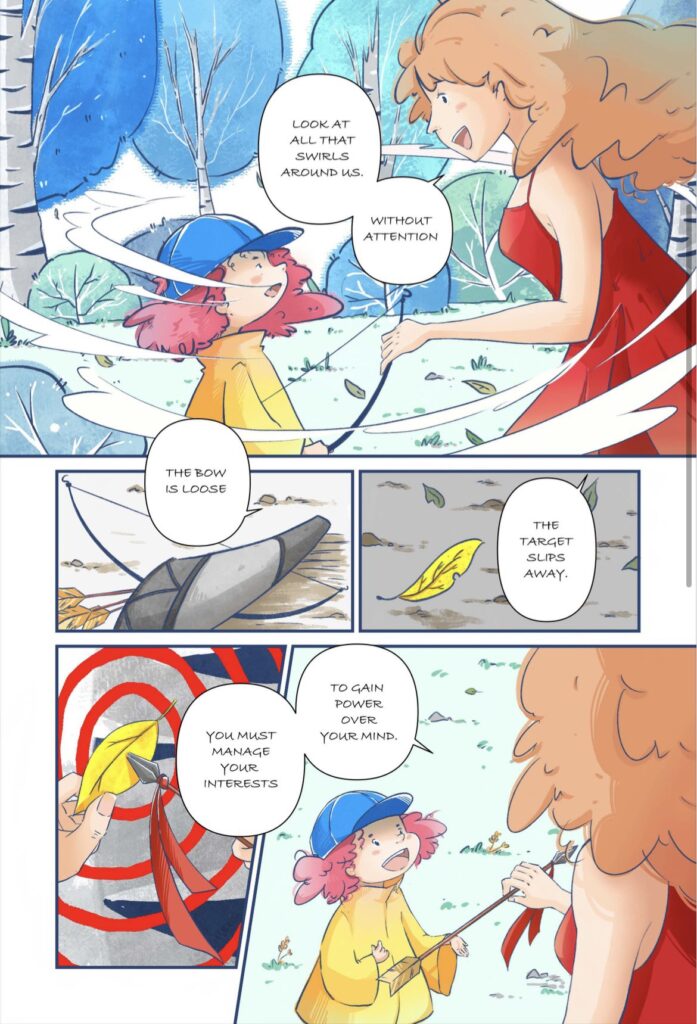
• Check out all the Bobcat Comics here
Matt Badham is a freelance writer. His work has appeared in the Judge Dredd Megazine, 2000AD and Big Issue in the North.
Categories: Comics, Comics Education News, Comics Studies, Creating Comics, downthetubes Comics News, downthetubes News, Events, US Comics

 SLJTeen Live! ponders future of storytelling today – a comic creators-packed live virtual event
SLJTeen Live! ponders future of storytelling today – a comic creators-packed live virtual event